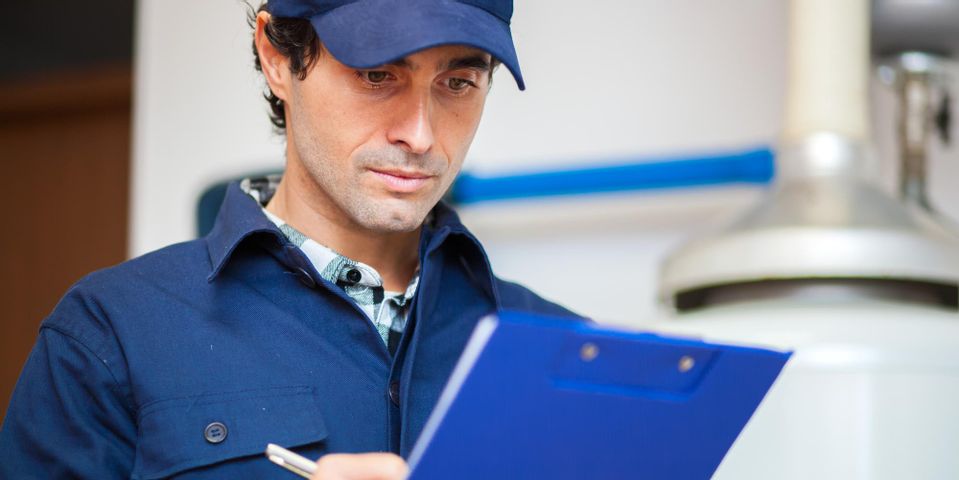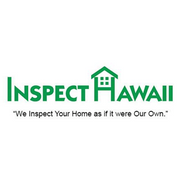
Mold thrives in dark, damp places, which means it can quickly colonize a moist bathroom or wall cavity affected by a plumbing leak. If left undetected, the substance can spread through your home and cause respiratory irritation in members of your household. To help you identify this silent nuisance, here are three red flags that indicate you may need a mold inspection.
3 Signs You May Have Mold in Your House
1. Respiratory Issues
Black mold spores are toxic to humans, and they can cause a wide range of reactions. These symptoms include coughing, sneezing, frequent sore throats, and constant headaches. This is especially likely if the problems you experience subside once you leave the house. You should never wait to deal with mold, as extended exposure can be harmful or life-threatening.
2. Water Damage
 As a living organism, mold needs a source of moisture to grow. This source often comes from undetected plumbing leaks, as even a slow drip can be enough to encourage mold growth. Therefore, you should schedule a mold inspection if you notice signs of water damage, like water spotting on walls or ceilings.
As a living organism, mold needs a source of moisture to grow. This source often comes from undetected plumbing leaks, as even a slow drip can be enough to encourage mold growth. Therefore, you should schedule a mold inspection if you notice signs of water damage, like water spotting on walls or ceilings.
3. Musty Odor
Black mold is notorious for its distinct musty smell. This scent is the result of microbial volatile organic compounds, which can spread the unpleasant odor throughout your home quickly. If the smell is in your bathroom, mold may be growing due to inadequate ventilation. If this scent is present in another room, the likely culprit is a leak or water seeping through the foundation walls.
If you think your house may have mold, contact the team at Inspect Hawaii in Honolulu on Oahu. These professionals use cutting-edge technology, like infrared scanning, to detect hidden mold colonies. Visit the website to find out how they can help you protect your home, or call (808) 330-2302 to ask about their discounts.
About the Business
Have a question? Ask the experts!
Send your question

